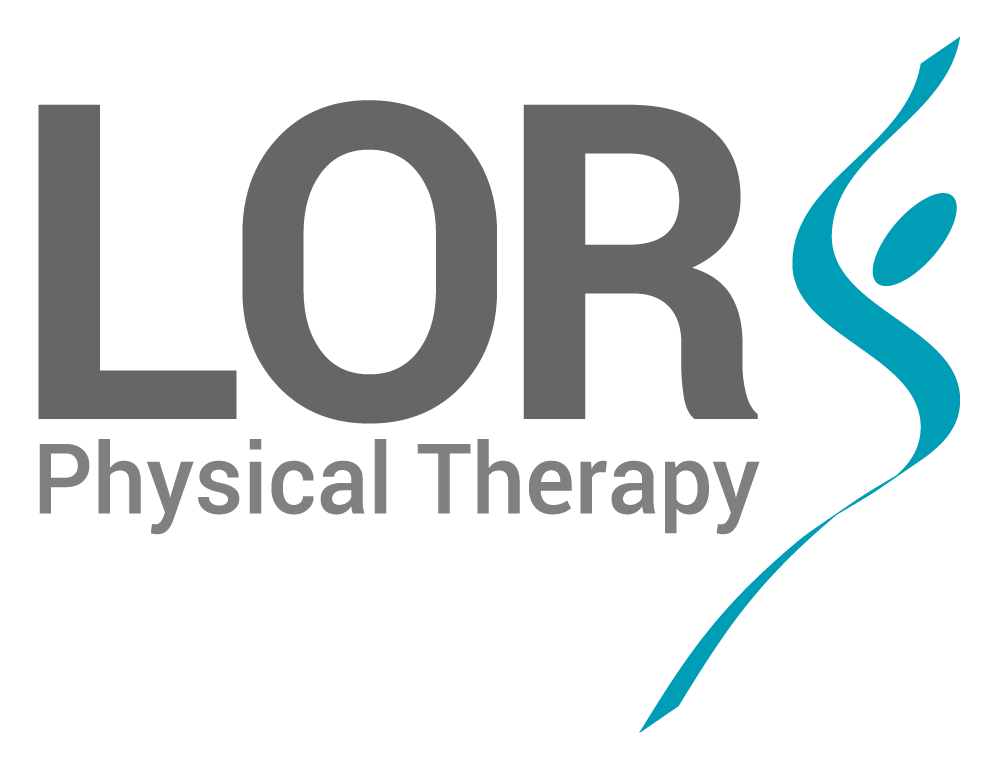One Left-Of-Center Exercise You Should Do to Improve Your Knee Pain and Function
The rate of knee pain has substantially increased over the last 20-30 years. And with this comes a hefty physical, mental and financial burden. In the United States alone, Osteoarthritis is estimated to cost each person an average of $12,000 ($200,000+ overall) over the course of a lifetime. Similarly, there are close to 200,000 ACL reconstructions each year, with each carrying a lifetime cost of close to $40,000.
So it goes without saying that anything we can do to reduce the impact of knee pain can not only benefit those with it but the system in which it exists.
The Cause of Knee Pain
Clinically, there are a number of things we attribute to the cause of knee pain The following are the most common we see here at LOR Physical Therapy:
Acute trauma from a fall, accident or knock to the knee
Jumping and landing
A sudden change of direction
Overuse
Muscle imbalance
Poor footwear
Poor training surfaces
And with these in mind, it’s important to understand the important role of leg mechanics in our ability to buffer these scenarios.
The Role of Good Leg Mechanics in Preventing/Solving Knee Pain
We often forget the knee is more than just a knee. It’s technically just a part of the leg. And as we broaden our thinking beyond just the knee, we can start to understand why knee pain has become so prevalent.
Interestingly, it has far less to do with bad luck and aging than we realize.
We’ve touched on this before, but it’s best to think of the knee - and any non-traumatic knee pain, as the consequence of something else. Considering the knee is directly linked to both the ankle and hip joints, it’s really important not to forget about them.
As we’ve discussed before, improving the health and function of your knee must also be met with an approach to solve any hidden mechanical flaws. Otherwise, there’s no guarantee you’ll end up symptom-free and stay that way in the future.
So with this in mind, let’s focus on one of THE most crucial, and ultimately underrated components to a lot of knee pain. It’s so common, that if you have knee pain, there’s every chance it applies to you too.
And what is that, you ask?
Stiff ankles.
Why Stiff Ankles Can Devastate Your Knees
On one hand, it often seems a little strange to suggest the ankle can have such an influence over the knee. After all, it’s a decent distance away from that knee of yours. However, things become a lot clearer when you start to consider there are no defined boundaries for either.
Yes, we have a knee joint. And yes there is also an ankle joint. But where do they start and finish?
We know where the knee joint is as it’s clearly defined. There’s a capsule surrounding the joint which is also clearly defined. But what about the muscles, tendons, and ligaments? Sure many attach around the joint, but they often extend off into the distance and anchor somewhere else. Take the calf muscle: It attaches just above the joint line of the knee and travels the entire length of the lower leg and turns into the Achilles to attach below the ankle joint. And this is all before we begin to discuss any nerves and skin.
The point here is that despite our specific labels, there is nothing specific about them. At least not in a functional context.
In short, as they say in the classics - “the ankle bone is connected to the leg bone, and the leg bone is connected to the knee bone.” - we just don’t often appreciate it enough.
So it makes sense that your non-traumatic knee pain may have a very strong link to a dysfunctional ankle.
Clinically, a stiff ankle causes havoc for the knee in one simple way. It forces the entire leg to find a new path around it - completely changing the way it’s loaded.
To get a sense of this, attempt your deepest squat and pay attention to the following:
Stand with your feet straight and heels on the ground
Slowly squat down as low as you can go
As you begin to reach the bottom, notice what starts to happen to your body.
As you run into the end of your available ankle mobility, you may start to see your foot/feet turn out. You may also feel compelled to lift your heels up. Furthermore, you may notice your knees begin to track inwards, your back may round or you’ll feel the need to fall backward.
These are signs your body is trying to find a path around a rusty ankle joint. There may also be some hidden hip stiffness, but we’ll touch on that another time.
So the key point here is that if a stiff ankle can do all this to you while doing a slow, controlled, simple squat movement the one time, imagine what it has the potential to do over 10,000 daily steps, every time you get in and out of a chair or the car, during a run or something fun and athletic.
So it makes sense that once you become aware of your ankle stiffness, you have something you can do to improve it.
The Best Ankle Mobility Exercise
A good exercise needs to be convenient, easy to do and above all else - effective. And nothing comes close to one particular exercise in regards to ankle flexibility.
If you’d like to know the one must-do ankle mobility exercise to ultimately improve your knee pain and function, please register your details below to receive your free PDF!
If you’re struggling with knee pain, consider joining us for one of our upcoming FREE knee pain workshops here at the clinic.


